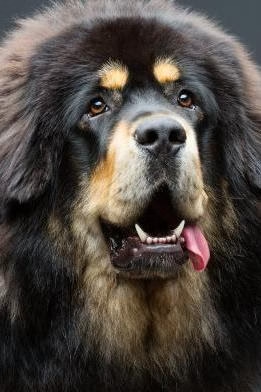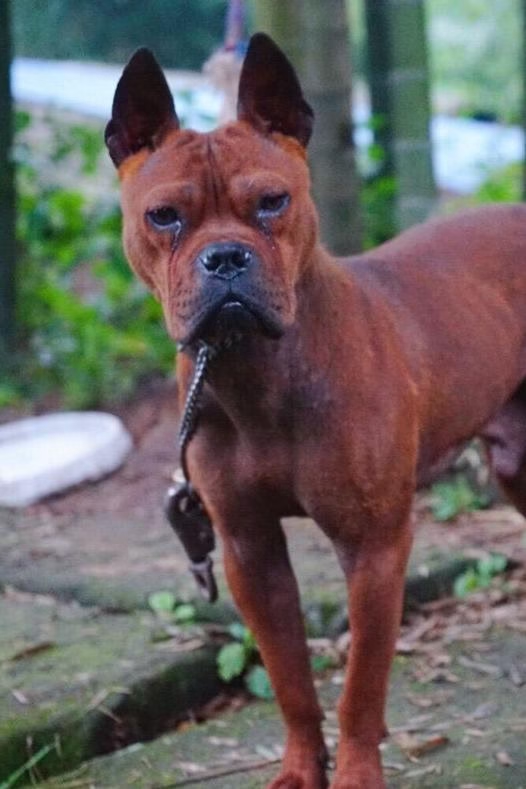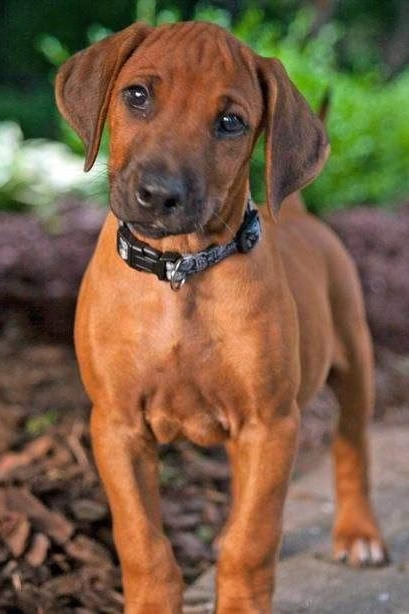Chinese Crested Dog (Hairless Dog, Chinese Hairless Dog)

Chinese Crested Dog
Hairless Dog, Chinese Hairless Dog
Basic Information
- Category: Pet Dog
- Origin: China
- Body Type: Small
- Height: 23-33cm
- Hair Length: Hairless
- Lifespan: 14-15 years
Ratings
| Trainability | ⭐️⭐️ |
| Affection Level | ⭐️⭐️ |
| Barking Level | ⭐️⭐️⭐️ |
| Shedding Level | ⭐️ |
Breed Introduction
The Chinese Crested Dog is one of the few hairless dog breeds in the world. Originating from China, this small companion dog is named for the crest of hair on its head that resembles the hats worn by officials during the Qing Dynasty. It belongs to the toy group, not exceeding a height of 33 centimeters. Its skin is spotted with various colors, commonly seen with blue patches on a black base or brown patches on a pink base. The Chinese Crested Dog is very clean, does not shed, has a gentle nature, enjoys close companionship with people, making it a great family pet. These toy dogs are delicate, elegant, and graceful. In the same litter, there can be drastically different appearances, with the hairless variety having fur only on the head, feet, and tail.
The development of the Chinese Crested Dog has various theories; it is also known as the Chinese Hairless Dog, Semi-Haired Dog, Chinese Naked Dog, Chinese Royal Naked Dog, and Chinese Ship Dog. The naming stems from Western perceptions that the crest resembled a Qing Dynasty official’s hat. Various reports on its origin exist, with scholars in Mexico suggesting that the hairless dogs in the Americas came from China between 1580-1600. Others claim it originated in Africa, evolving from the African hairless dog; some believe it came from Turkey as a result of evolution from Turkish hairless dogs; while others think it was brought by Chinese sailors centuries ago, who traded them at ports during their travels. This is why similar dogs can still be found in many ancient port cities worldwide.
The Crested breed has diminished in numbers, but they are still being bred in England and America, garnering esteem from local dog associations and clubs. Some zoologists classify the Chinese Crested Dog as an African dog due to similarities with other hairless mammals from Africa. The Crested is a rare breed, and geneticists find its peculiar genetics fascinating. Although hairless, sometimes a coated dog can appear in a litter born to a hairless mother. This coated one is considered a non-pure breed and is eliminated. Geneticists continue to explore the mysteries of this breed. Its rarity contributes to its value, while its quirky appearance boosts its desirability. With a hairless body and a tuft of long hair on its head, it looks quite adorable.
Centuries ago, sailors often took this little dog on board ships, frequently selling puppies to merchants at stops. When plagues were rampant, crew members used Crested dogs to eliminate pests that spread the disease. Today, this breed can still be found in many ancient port cities around the world. In the 16th century, Spanish explorers discovered the Crested in Mexico and other Central and South American cities, while British, French, and Portuguese explorers found this breed in many places across Africa and Asia during the 18th and 19th centuries. Missionaries traveling with explorers recorded sightings of this dog in various countries. Prior to the mid-19th century, the Crested dog appeared in many paintings in Europe. Between 1850 and 1860, some Crested dogs participated in dog shows in Britain, and their photos were published, but no breeding program was established yet.
The Chinese Crested Dog began participating in American dog shows in the late 19th century. A young New York journalist, Ida Ganoat, had a keen interest in the Chinese Crested Dog and other hairless breeds. For 60 years, she was passionate about breeding, showing, and writing about dogs, especially hairless ones. She traveled extensively and imported several award-winning Crested dogs. In the 1920s, she helped Debra Wood in Florida breed Chinese Crested Dogs and other hairless breeds, with both women enjoying a fruitful partnership. They spent nearly 40 years promoting the breed, with Ida Ganoat using writing, speaking, and dog club activities, while Debra Wood focused on breeding, advertising, and registrations.
Debra Wood started owning numerous Crested dogs in the 1930s, and by the 1950s, she began registering all hairless dogs, ultimately leading to the formation of the American Hairless Dog Club. She took pride in carefully preserving valuable records of hairless dogs until her passing in 1969. Subsequently, Zhou Ann O’Leary continued this preservation for 12 years, and the records were eventually collected by the American Chinese Crested Dog Club, which was established in 1979. A notable drama figure, Gabby Joseph Lee, received a Chinese Crested Dog from her sister in the early 1850s and became a devoted fancier, contributing to the breed’s development. The American Kennel Club recognized the Chinese Crested Dog in the mixed breed group in September 1985; on February 1, 1991, the dog was officially registered by the American Kennel Club, and on April 1, 1991, they began participating in various American Kennel Club dog shows.






